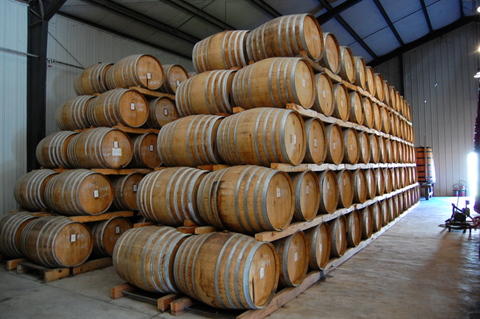The Age Old Question

Ageing is one of the key elements in the art of creating Authentic Caribbean Rum. To further develop the flavour and colour of rum it must be matured or ‘aged’ and traditionally, the bulk of ageing is undertaken in oak barrels. Whilst in the barrel the rum acts on the oak, compounds within the wood interact with the rum, contributing further aromas and flavours and gradually turning the rum from clear, to golden and eventually darker brown.
The length of time in the barrel and the number of times the barrel has been used both influence the ultimate character of the rum. And so does the local environment Because of the warm climate of the Caribbean, the aging process is much faster than that of spirits matured in more temperate conditions. As a consequence, a five year old rum can easily match the complexity and ‘age’ characteristics of other premium spirits that have been aged 10 – 15 years.
In this sense many of the world’s finest rum producers avoid using age statements as they feel it is not the most important aspect to assess the quality of the spirit. Balance, maturity and complexity are also achieved in other stages of rum production such as fermentation or blending.
In any case, for Authentic Caribbean Rum it is essential to ensure that what it says on the bottle is what is in the bottle. All Authentic Caribbean Rums are produced to the highest standards and thus conform to international best practice concerning statements of age. Any statement regarding the age of an Authentic Caribbean Rum will therefore refer solely to the age of the youngest rum in the blend.
It is not permitted to use the so-called ‘Solera’ method – the practice of adding quantities of fresh spirit into barrels containing older spirit – to establish an age claim for a product, neither is the practice of average ageing. While these are practices well used in some countries it is not permitted to be used as an age attribution for Authentic Caribbean Rum
